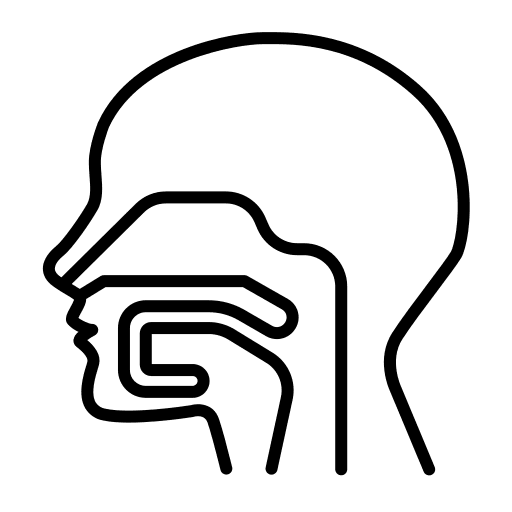History of Iridology
Iridology has been practiced since history has been recorded. According to archaeological data from 3000 years ago in Egypt, China and India there was much attention devoted to the study of the iris and its relation to organs of the body. Silver plates with detailed iris pictures were discovered in the Tutankhamon’s tomb (1400-1392 B.C). In traditional Tibetan medicine, the condition of the eyes was carefully noted by doctors who related markings to liver functioning and blood disorders. It wasn’t until the nineteenth century that the practice started to be investigated in Europe.
In 1867 Ignatz Von Peczely, a Hungarian doctor, qualified in medicine at the Vienna Medical College. His work as a doctor allowed him to study the iris of patients before and after surgery and he systematically recorded his findings, publishing his research in a book entitled ‘Discoveries in the Realms of Nature and the Art of Healing‘. He established one of the earliest iris charts linking regions of the iris to organs in the body.
Dr Henry Lane and his student Dr Henry Lindlahr carried out thousands of surgical and autopsy correlation with iris markings before publishing ‘Iridology – The Diagnosis from The Eye‘ in 1904.
Dr Bernard Jensen is renowned for his work on developing one of the most widely used iris charts. His passion for natural healing was driven by his own recovery from a medically ‘incurable’ condition at the age of 18, which he then proceeded to resolve using naturopathic treatments. Dr Jensen operated several health sanatoriums in California, receiving many honours and awards over the years including 1982 National Health Federation’s Pioneer Doctor of the Year award. He earned his Ph.D. at the age of 76 climaxing a lifetime of study, work and teaching in the healing arts. He lectured in 55 countries around the world and authored over 40 books on the subjects of natural health care and iridology.
Dorothy Hall was a contemporary of Bernard Jensen and recognised the unique connection between the patterns and colours in the iris and the personality of each individual. In her book ‘Personality and Health Analysis Through the Iris‘ she describes how the iris can be classified into structural types by their fibre patterns, each type having its own personality tendencies.
Harri Wolf, M.A., Director of the Institute for Applied Iridology, was an original founder and past-president of International Iridology Practitioners Association (IIPA). He is well known for his charts, training manuals and videos in the field of Applied Iridology. He translated Dr. Lo Rito’s work on ‘time risk,’ the discovery that a trauma or major stress in an individual’s life is recorded at the level of the iris.
Jim Verghis has developed the concept of behavioural iridology. Like fingerprints, every individual iris is unique and provides a visual blueprint of genetic inheritance. He classified the iris into two distinct types. The ‘thinking’ type is characterised by burnt orange to dark brown spots on the iris known as psora. These indicate an activation of the left brain, creating a desire for knowledge and mental stimulation. The emotional type of iris has rounded openings resembling pockets, known as lacuna. These indicate a right brain predominance, which fosters creativity and spontaneous emotion.
John Andrews is recognised for his research and work in advancing Iridology. He has written several books that underline the potential for iridology to provide greater diagnostic clarity in a clinical setting. His aim is for Iridologists to practice in an accurate way and by repeatable methods to cultivate greater acceptance and spectrum of application. Much of Mr Andrews’ recent research has focused on the Inner Pupillary border of the iris.













